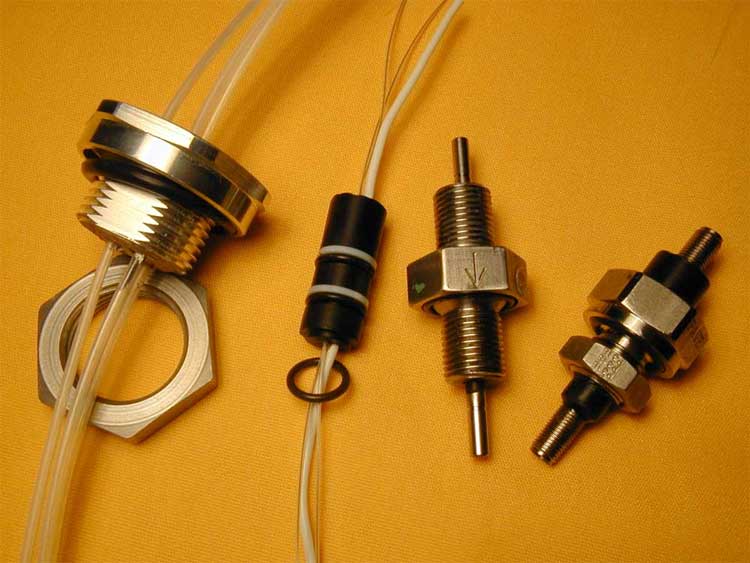[ad_1]
This post is by Jeremy Taylor, Business Director at TrinityP3 UK and Managing Partner of CONNECT2 Community Engagement Ltd, the UK’s leading community engagement experts.
Pitching is currently flawed, and it doesn’t appear to be improving. The industry should focus on avoiding beauty parades and crude cost-cutting measures to find a more sustainable approach.
The industry question ‘Is the pitch process broken?’ is not the right question to ask. It incorrectly assumes there is only one process, while in fact there are two common ones—the traditional speculative creative process (the “beauty parade”) and the procurement-managed (and often dreaded) Request for Proposal.
In our view, there will always be a demand for pitching. So a better question is “How can we improve the pitch process?” Here are seven pointers, based on two decades of global experience as pitch consultants at TrinityP3.
1. Common pitch practices are burning out agencies.
In 2021, we supported a major industry survey and found that, on average, an agency spends a total of 175 hours on each pitch. The typical agency did this 11 times a year, spending nearly 2,000 hours a year pitching and winning five pitches. These hours are easily converted to hourly rates to attach a “cost” in non-billed agency hours.
The human cost to the business lies in the fact that most of these hours come from overtime worked by the pitch team—they continue to perform their day job for their clients and work evenings and weekends on the pitch. No wonder ISBA identifies pitching as a major contributor to agency staff stress levels.
2. As consultants, we don’t always advocate pitching.
Despite being well known as pitch consultants, our approach generally adheres to pitching as an option of last resort. This may mean that we receive less pitch business than we might. However, it allows us to maintain integrity and objectivity, and it offers us different opportunities to work with our clients to deliver an improved marketing outcome.
3. Pitching less will benefit all involved.
The process of so many advertisers going to pitch on the renewal of a contract—even for highly productive arrangements—has caused more harm than the perceived benefit. Often, avoiding a pitch will deliver benefits to all involved from client, agency and procurement teams. For the client team, there is significant time saving, the removal of disappointment commonly experienced following the six-month honeymoon period with the new agency, and the avoidance of the risks involved in revealing your strategy to several other businesses.
4. The most common processes don’t deliver good governance.
Too often we hear about marketers taking their agencies to tender on a regular basis. At the end of a typical, three-year contract the advertiser goes to market to fulfil “good corporate governance”. Often, this is mandated in the organisation as good procurement practice. But the evidence suggests that the tender process is flawed for ensuring good governance. It is a way to select a new agency or supplier when the existing relationship is under-performing or broken.
But taking an agency to tender when the agency relationship is healthy and performing well is a waste of time often resulting in a poor outcome. Anyone can offer to do the work cheaper, or over-promise and then under deliver after appointment, or present better on the day—but will it actually be a sustainable improvement? We have found a more effective alternative in the form of a detailed and independent commercial review.
5. Getting the commercial relationship right is critical.
Pitches often start with a perception of agency-client relationship failure. But frequently, when we take even a rudimentary review of the commercial arrangements, we will find issues impacting the performance that no amount of relationship management would solve. These issues include under-resourcing by the agency due to underpayment by the advertiser, often driven by significant increases in the scope of work outputs and contractual arrangements that are unsustainable.
If the client-agency relationship is performing well, a competitive pitch process may do more harm to that relationship than good. There are more effective ways to assess commercial performance than a pitch. In 2021, we managed to convert more than half of the requests to run media pitches into a more effective commercial review process.
6. Now is the time for a change.
After a decade of relatively low salary increases globally, the advertising industry is facing significant demand for salary increases to retain and attract talent. In the face of salary increases, many advertisers and their procurement colleagues will consider using the competitive nature of the traditional pitch process to try to maintain or reduce costs. A strategy that will deliver counterproductive outcomes.
7. Better ways to choose an advertising agency.
At TrinityP3, we work to avoid speculative creative pitches, beauty parades and RFPs when it comes to helping our clients choose new strategic agency partners. Our own approach is more like taking the agency for a test drive, through interactive workshops rather than one-directional presentations.
The results of this approach include greater clarity into both the client and agency alignment, a better understanding of mutual capability and longer and more sustainable relationships (typically twice as long as the current industry tenure). Yet the process is less arduous on both parties in both time and cost. That’s a win for all involved.
This article first appears in Campaign Live on February 16, 2022
TrinityP3’s comprehensive Search & Selection process provides extensive market knowledge, tightly defined process and detailed evaluation and assessment. Learn more
[ad_2]
Source link


More Stories
How to Turn Business Networking Into Tangible Results
Building a Solid Business Network from Scratch
How to Use Business Networking to Accelerate Your Startup